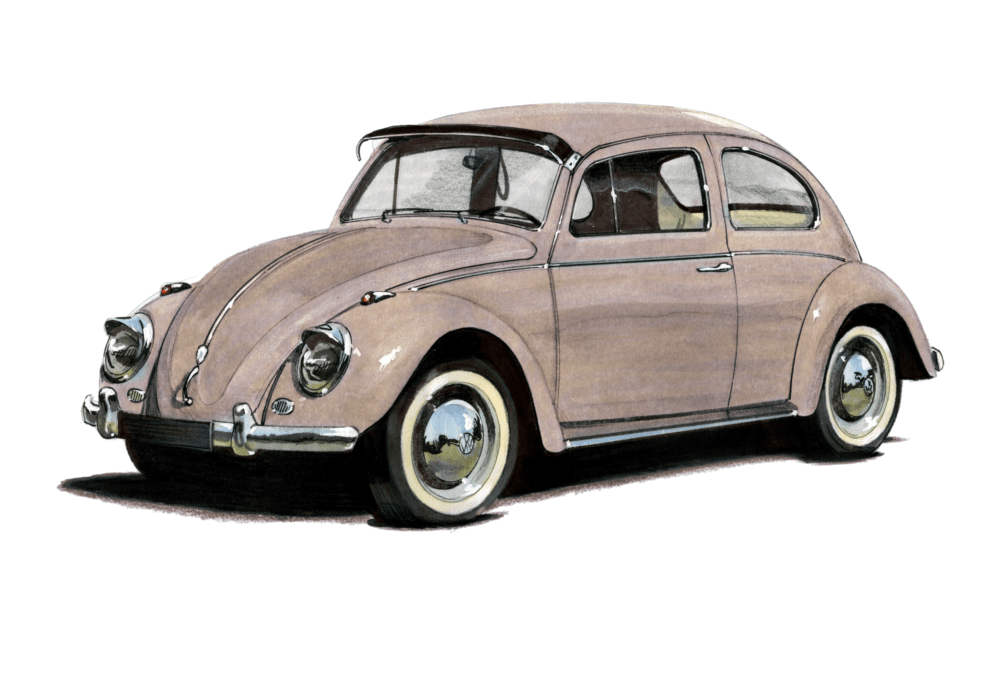
In the world of cars, a unique vehicle stands out from the crowd — the iconic Volkswagen Beetle. Known for its distinctive shape that has largely remained constant since its inception, the Beetle has cultivated a lovable sentimental charm throughout its decades of existence. This article aims to delve into the interior elements of this timeless car, comparing it with other cars in its categoryto give readers insight into the uniqueness that is the Volkswagen Beetle.
The cockpit of the Volkswagen Beetle is as distinctive as the car’s exterior, embodying a minimalist chic design that reflects its German roots. In stark contrast to many of the cars, especially in today’s market with their futuristic digital clusters and exuberant design themes, the Beetle’s interior exudes an elegant and clean look, leaning towards the classic and retro. For some, this signifies a refreshing change from the industry’s growing focus on high-tech interiors.
Modern versions of the Beetle offer an upscale cabin featuring leather-wrapped steering wheels, power-adjustable heated front seats, a panoramic sunroof, and top-tier infotainment systems, among other features. These do not come at the expense of the nostalgic air around the Beetle as Volkswagen has retained some old-school touches like the dashboard design that echoes the style of the original Beetle from yesteryears.
If there’s one thing the Volkswagen Beetle does phenomenally well, it’s providing a unique blend of retro and modern. The Beetle’s interior has evolved to meet the technological demands of car buyers in this era, yet, it hasn’t lost its vintage appeal. This balance is not commonly found in most contemporaries, which tend to lean either towards being highly futuristic, often bordering on impersonal, or excessively retro.
Compared to other cars of its class, the Beetle offers decent space, comfortably seating up to four passengers, though the rear is better suited for children. While the headroom is ample, some may argue the legroom isn’t as generous, especially for tall passengers in the rear seats. Still, in the competition of comfortable seating, the Beetle stands toe-to-toe with many cars.
When it comes to cargo space, the Beetle falls behind most rivals. Its small trunk and the limited interior storage spots don’t make it a pack rat’s first choice. However, the Beetle was never intended to be an SUV; hence comparing it to cars designed specifically with large cargo space will be an unfair judgement.
Finally, on the aspect of safety features, most contemporary cars surmount the Beetle. The most recent versions come standard with a rearview camera. The available features include forward-collision warning, blind-spot monitoring, rear traffic alert, and park distance control. Though not as comprehensive as what’s offered in several competitors, they are fairly adequate for a typical city drive.
In conclusion, the interior of the Volkswagen Beetle doesn’t attempt to compete with flashy bells and whistles of modern cars, rather prides itself in preserving the soul of its heritage. It provides an amicable blend of classic and contemporary features, striking a balance not found in many vehicles today. Its sophisticated, minimalist look, combined with excellent build quality, keeps it unique in the panorama of the automotive industry, standing as an enduring testament to the power of simplicity and elegant design. After all, when it comes to the Volkswagen Beetle, it has always been more about the immersive experience and distinct charm rather than an exhaustive list of features.